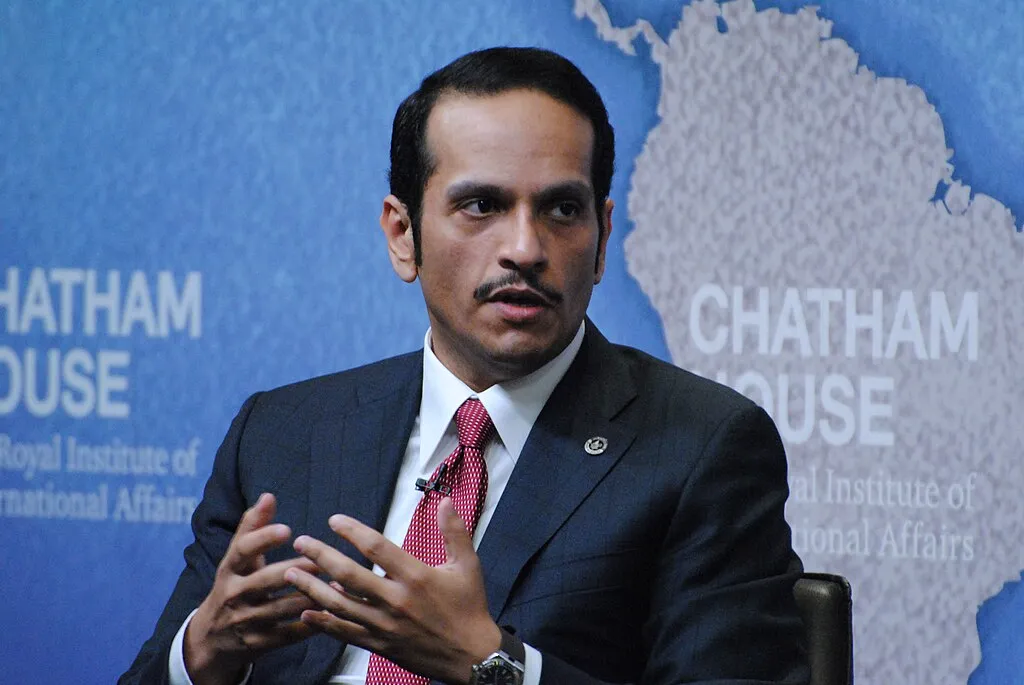Coming into the flu season, one can normally expect that around 45 million Americans will contract the influenza, and about 34,000 will perish — about 0.76 deaths/1,000 cases. However, in the pandemic year of 2020, the abnormal prevails, with 6 million cases and already over 185,000 deaths — about 30.8 deaths/1,000-cases (or 40 times more deadly than the flu). The confluence of the two, with very similar presenting symptoms, has the makings of a witch’s brew of problems for patients and doctors. One major issue will be the ramping up of testing capacity for both. There are some real supply problems in the production line, as tests for the two also draw upon many of the same physical materials.
The testing capacity for COVID-19 was overwhelmed in the U.S. during the July surge. The turnaround times on tests doubled and tripled, undermining any thought of a competent tracking program. With a lot of clawing and scratching, testing capacity climbed to about 800,000/day by the end of July, but was nowhere near what was needed to track, isolate, and roll back the coronavirus. At the present level of capacity, and with new cases per day having settled back to the 40,000 range, we can test all those who are presenting with symptoms. However, the beginnings of a mobilization can be discerned. Under the crash program for testing, known as RAD (Rapid Acceleration of Diagnostics), HHS Assistant Secretary for Health Dr. Brett Giroir plans to reach a capacity of 90 million in September, in contrast to 25 million in July.
“I see this like us ramping up as a nation after Pearl Harbor was bombed. I think, right now, it’s the calm before the storm with the fall flu season.” This evaluation is from Emily Volk, president-elect of College of American Pathologists. Sonora Quest Labs, for example, is in the process of a tenfold increase in molecular testing. In July, their backlog drove their turnaround time up to over a week. They hired 200 additional staff and cleared their backlog, and by early August had a 1-3 day turnaround time. WIth new machinery, they are up to 30,000 tests per day, on the way to 60,000/day by mid-September. However, a significant component of the increase to 90 million/month will be the rapid antigen tests, featuring quick turnaround time for results, though lower accuracy levels than molecular testing. Abbott Labs just obtained an Emergency Use Authorization (EUA) for an inexpensive ($5) rapid antigen test.
The ramping up also involves “multiplex tests” for the simultaneous testing of COVID and the flu. An EUA has been granted by the CDC to BioFire Diagnostics of Salt Lake City on one such multiplex approach. San Diego’s Quidel Corp is also developing a multiplex. The upcoming flu/COVID combination will be a new challenge. Hopefully, the ramping up after Pearl Harbor, evidenced in the Operation Warp Speed push for vaccines, will infect our testing capacity and alter Americans’ conception of what is possible — even trigger some sustained optimism.




